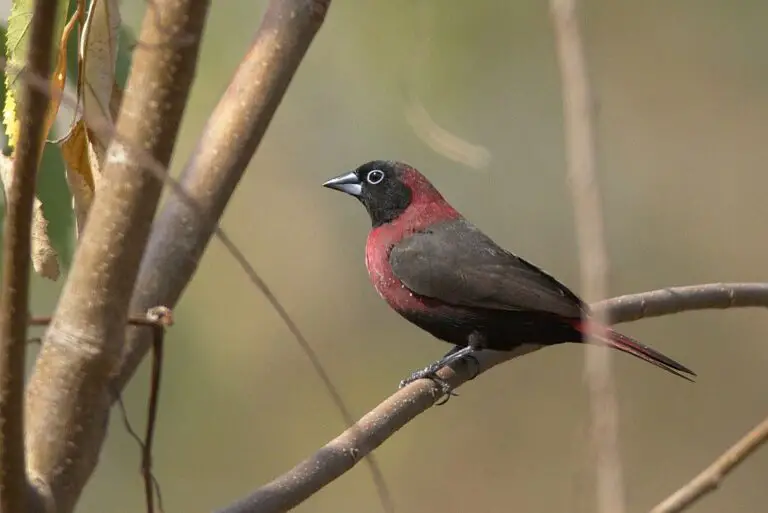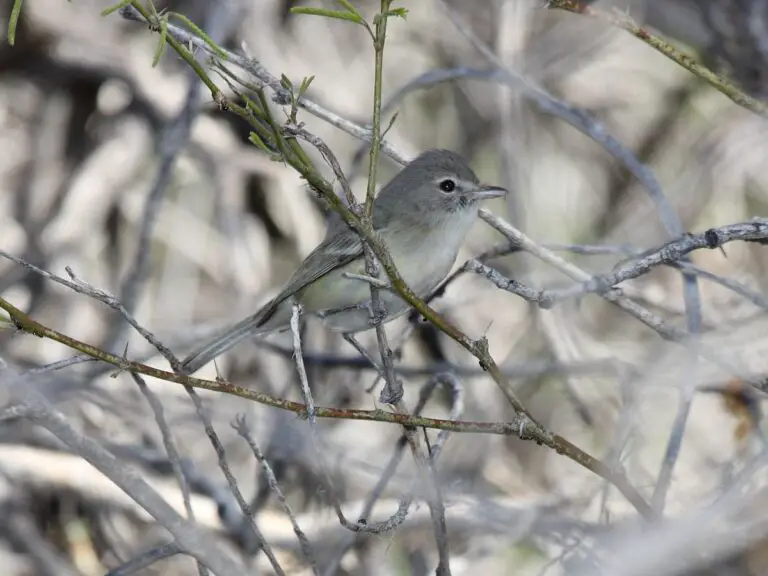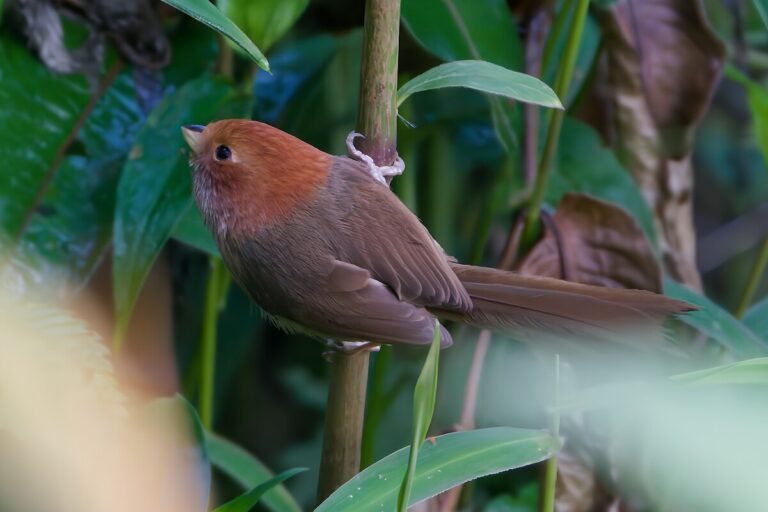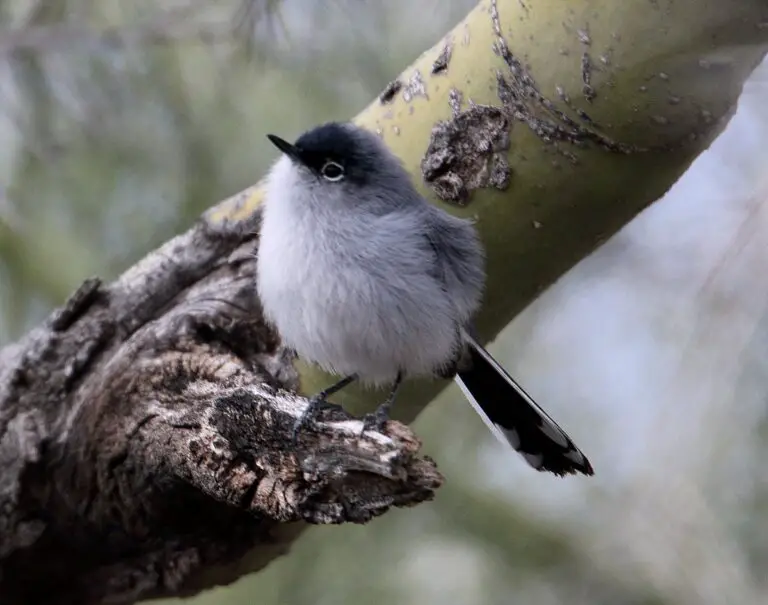Blue crane
“The beauty of the blue crane is matched only by its grace in flight.”
Best Quotes for Blue crane Bird
Blue crane Lifespan related to Blue crane Predators & Blue crane Conservation Status also Blue crane Location and Habitat important regarding Blue crane Reproduction & Blue crane Diet for Blue crane Behavior of the Bird
Blue crane Scientific Classification
Domain: Eukaryota
Kingdom: Animalia
Phylum: Chordata
Class: Aves
Order: Gruiformes
Family: Gruidae
Genus: Grus
Species: G. paradisea
Data Source: Wikipedia.org
Blue crane Characteristics
The Blue crane is a large, elegant bird found in South Africa. It is known for its striking blue-grey feathers and long neck. The Blue crane is the national bird of South Africa and is considered a symbol of beauty and grace. These birds are usually found in grasslands and wetlands, where they feed on insects, seeds, and small animals. Unfortunately, the Blue crane is considered a vulnerable species due to habitat loss and hunting. Efforts are being made to protect and conserve these beautiful birds for future generations to enjoy.
Blue crane Lifespan
The Blue crane, also known as the Stanley crane, has a lifespan of around 20-30 years in the wild. However, in captivity, they can live up to 50 years. These majestic birds are native to Southern Africa and are known for their striking blue-grey plumage and graceful dance displays.
Blue crane Diet
Blue cranes mainly feed on insects like grasshoppers, beetles, and crickets, as well as small vertebrates like frogs and fish. They also eat seeds, grains, and plants. They forage in wetlands and grasslands for their food.
Blue crane Behavior
The Blue crane is known for its graceful dance and social behavior. They are often seen in large groups, communicating through calls and body movements.
Blue crane Reproduction
Blue cranes reproduce by laying eggs in a nest made of grass and twigs. The female lays one or two eggs, which hatch after about a month.
Blue crane Location and Habitat
The Blue crane can be found in the grasslands and wetlands of South Africa. They are known for their striking blue-grey plumage and can often be seen foraging for food in open fields.
Blue crane Conservation Status
The Blue crane is listed as vulnerable on the IUCN Red List due to habitat loss and collisions with power lines. Conservation efforts are needed to protect this beautiful bird.
Blue crane Predators
Blue cranes are hunted by jackals, caracals, and eagles. Humans also pose a threat through hunting and habitat destruction, endangering the population of these majestic birds.
Blue crane FAQs
- What is a Blue crane?
Answer: The Blue crane is a species of bird native to South Africa. - What is the scientific name for the Blue crane?
Answer: The scientific name for the Blue crane is Grus paradisea. - What do Blue cranes eat?
Answer: Blue cranes primarily feed on seeds, insects, and small vertebrates. - How tall do Blue cranes grow?
Answer: Blue cranes can grow up to 3.6 feet tall. - Are Blue cranes endangered?
Answer: Yes, Blue cranes are classified as vulnerable due to habitat loss and human disturbances. - Do Blue cranes migrate?
Answer: Blue cranes are non-migratory and can be found in their breeding grounds year-round. - How do Blue cranes communicate?
Answer: Blue cranes communicate through a series of loud calls and displays. - How long do Blue cranes live in the wild?
Answer: Blue cranes have a lifespan of about 20-30 years in the wild. - Where do Blue cranes build their nests?
Answer: Blue cranes build their nests on the ground in shallow depressions lined with grass and twigs. - How many eggs do Blue cranes typically lay?
Answer: Blue cranes usually lay 1-2 eggs per breeding season.




